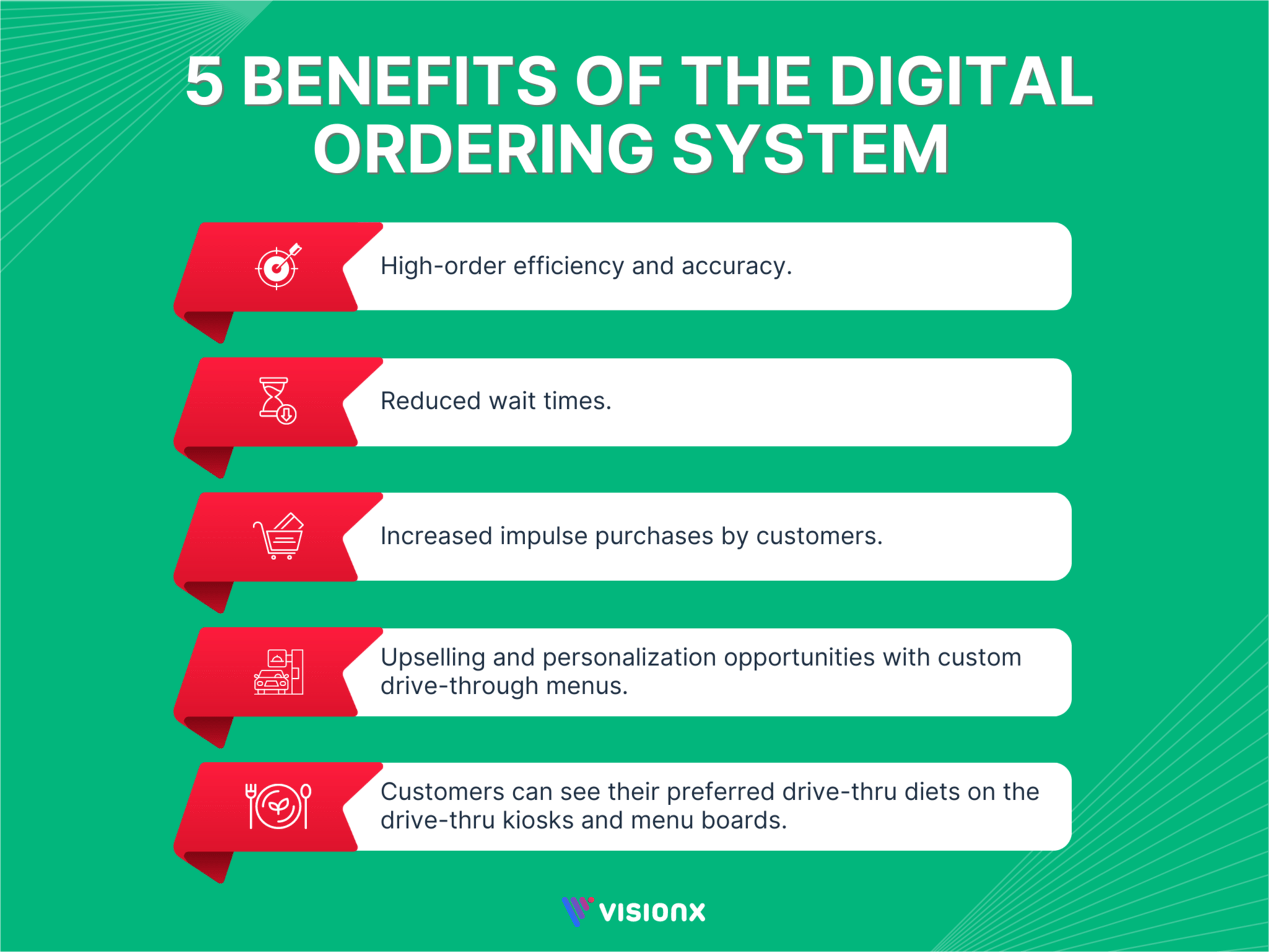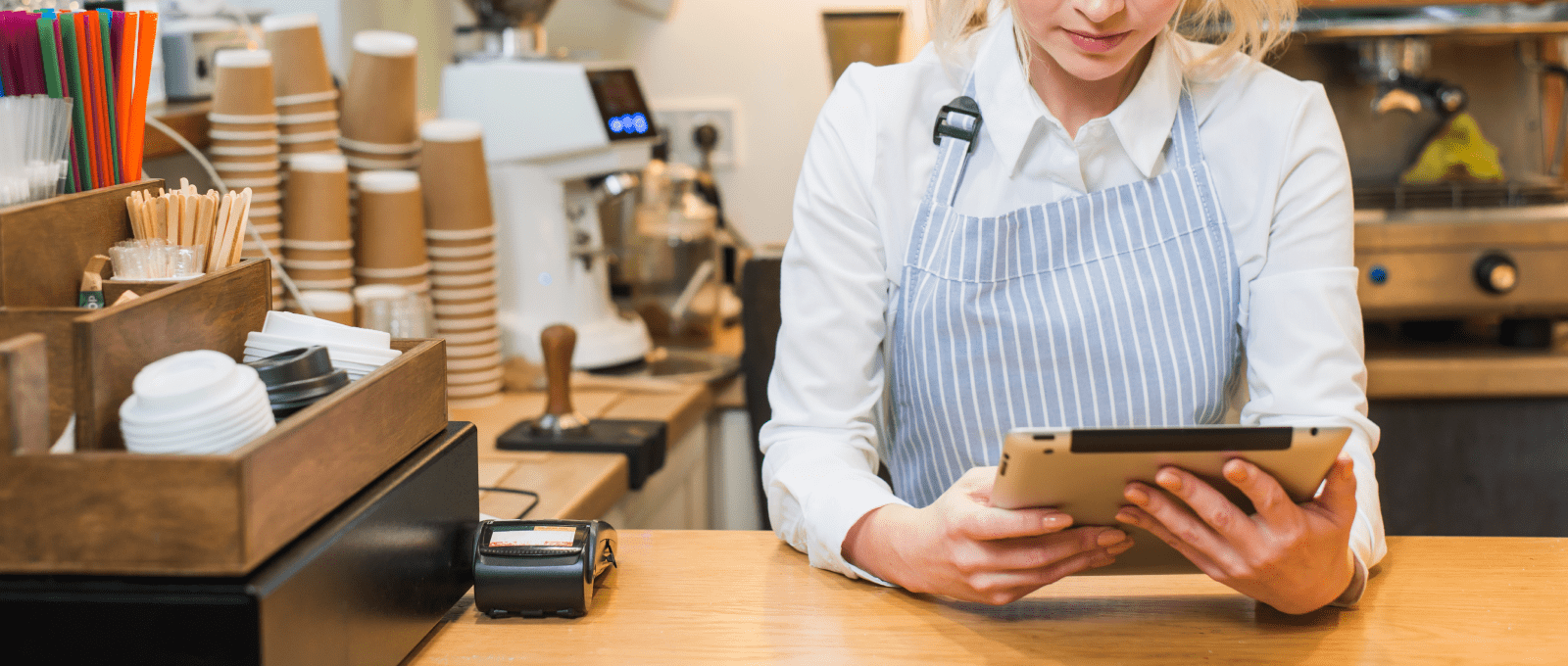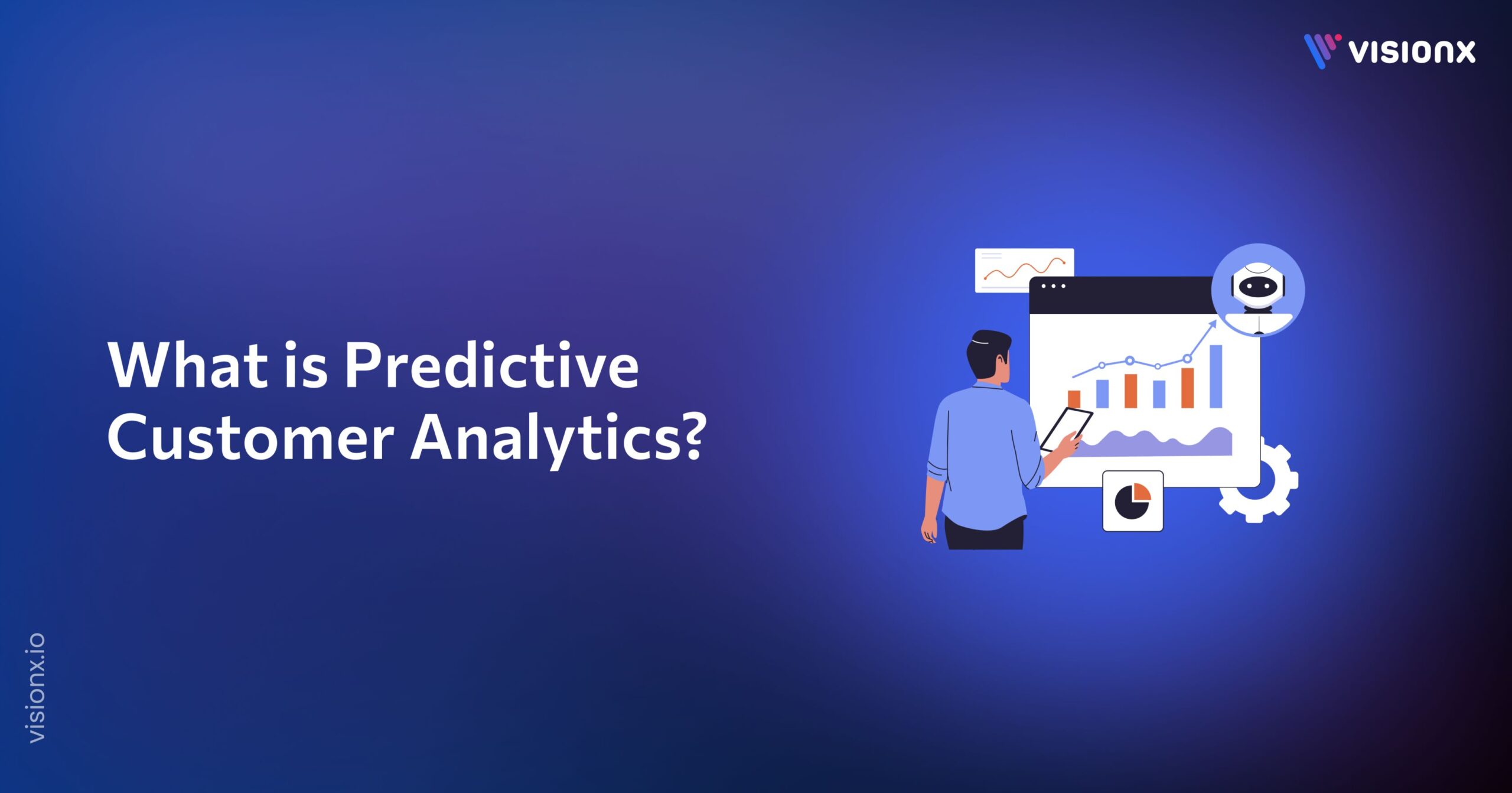Introduction
In today’s rapidly advancing digital landscape, the restaurant industry is undergoing a profound transformation, seeking innovative solutions to enhance efficiency, improve customer experiences, and stay ahead of the competition. One such technological marvel that holds immense potential to revolutionize the industry is Optical Character Recognition (OCR). By utilizing the power of OCR services, restaurants can unlock a world of possibilities, paving the way for streamlined operations, heightened accuracy, and an unparalleled dining experience.
From organizing the ordering process and digitizing menus to optimizing inventory management and simplifying invoice processing, OCR’s capabilities are set to revolutionize how restaurants operate. Additionally, OCR technology is essential to delivering enhanced customer experiences through interactive menus, personalized recommendations, and improved access to nutritional information.
Streamlining the Ordering Process
Manual vs. OCR-based order-taking process
Traditionally, taking restaurant orders involved waitstaff manually writing down or entering customers’ requests into a POS (Point of Sale) system. However, this manual approach is prone to errors, leading to mix-ups, delays, and dissatisfied customers. OCR technology offers a transformative solution to this problem. With OCR, waitstaff can utilize devices such as tablets or smartphones with OCR capabilities to capture and process orders seamlessly. By simply scanning printed or handwritten orders, OCR algorithms instantly convert them into digital format, eliminating the need for manual data entry.
Benefits of using OCR Technology to capture and process orders
The advantages of using OCR to capture and process orders are manifold. Firstly, OCR significantly reduces errors that can occur during manual order-taking. Illegible handwriting or misinterpretation of customer requests becomes a thing of the past, ensuring accurate and precise order transmission to the kitchen staff. This results in improved order accuracy, reducing the chances of incorrect dishes being prepared or customer preferences being overlooked.
Secondly, adopting OCR streamlines the order-taking process, leading to enhanced efficiency. With the ability to scan and convert orders swiftly, waitstaff can focus more on attending to customers, offering recommendations, and providing a personalized dining experience. The time saved from manual data entry can be redirected towards ensuring a seamless and enjoyable dining journey for patrons.
Improved efficiency and customer satisfaction
Implementing OCR technology in the order-taking process ultimately improves efficiency and increases customer satisfaction. The faster turnaround time from order placement to order fulfillment reduces customer waiting periods. This efficient process not only enhances the overall dining experience but also enables restaurants to accommodate a more significant number of customers during peak hours.
Moreover, the accuracy and speed afforded by OCR-driven order processing contribute to reducing errors and delays, leading to fewer instances of order mix-ups or missing items. This translates into happier customers who receive exactly what they ordered on time. By reducing customer dissatisfaction and complaints, restaurants can cultivate a positive reputation and build customer loyalty.
Menu Digitization and Accessibility

In the digital age, physical menus are undergoing a remarkable transformation through the power of OCR. Restaurants can now leverage OCR technology to convert traditional paper menus into dynamic and engaging digital formats. The text and images are instantly captured and digitized by scanning the menus using OCR-enabled devices, such as smartphones or dedicated scanning systems. This process eliminates manual data entry and ensures the menu content is preserved accurately.
Interactive and dynamic menus
OCR-powered menu digitization opens a world of possibilities for restaurants to create interactive and dynamic menus. Digital menus can be enhanced with vibrant images, captivating descriptions, and multimedia elements such as videos or audio clips. Customers can quickly scan and navigate the menu, exploring various categories, filtering options, and dish details with a few taps or clicks. The interactive nature of digital menus engages customers, enabling them to make informed choices and explore new offerings.
Integration with online marketplaces for ordering
The digitization of menus through OCR enables seamless integration with online ordering platforms and third-party delivery services. With a digital menu, restaurants can effortlessly integrate their offerings into online platforms or mobile apps, allowing customers to browse the menu, select items, and place orders for dine-in or delivery. The integration with online platforms streamlines the entire ordering process, minimizing errors and enhancing efficiency. Additionally, the digitized menus can be easily updated in real-time, ensuring customers can access the latest offerings and promotions.
Enhanced Inventory Management
Automating stock tracking and monitoring
OCR technology plays a transformative role in inventory management within the restaurant industry. Using OCR, restaurants can automate the process of stock tracking and monitoring. Inventory systems can accurately identify and log items by scanning barcodes or text on product packaging using OCR-enabled devices. This automation significantly reduces the reliance on manual data entry, minimizes human errors, and saves valuable time for restaurant staff. The real-time visibility of stock levels facilitates efficient inventory management, allowing for timely reordering and preventing stock-outs or excess inventory.
Real-time updates and optimization of stock levels
With OCR-powered inventory management, restaurants can benefit from real-time updates on stock levels. Integrating OCR technology with inventory management systems automatically adjusts stock quantities as items are scanned or received. This real-time visibility enables restaurant staff to make informed inventory replenishment and optimization decisions. By having accurate and up-to-date information, restaurants can ensure optimal stock levels, minimize waste, and reduce carrying costs. Additionally, the automation provided by OCR simplifies inventory auditing processes, making them more accurate and efficient.
Streamlining supply chain management
OCR technology not only enhances internal inventory management but also streamlines restaurant supply chain management. Using OCR to scan and capture data from invoices, purchase orders, or shipping documents, restaurants can automate the entry of supplier information, quantities, and costs into their systems. This simplifies the procurement process, reduces manual data entry errors, and improves overall efficiency. With accurate and timely information OCR provides, restaurants can optimize their supply chain, enhance supplier relationships, and ensure a seamless flow of ingredients and products.
Efficient Invoice Processing
OCR technology revolutionizes the process of invoice processing in the restaurant industry by automating the extraction of data from invoices. Instead of manually entering invoice information into the system, OCR-enabled software can scan and extract relevant data such as supplier details, invoice numbers, dates, and line item information. This automated data extraction eliminates the need for time-consuming manual entry, reducing the potential for human errors and ensuring the accuracy of invoice data.
Reducing errors and improving accuracy
Manual invoice processing is prone to errors, such as typos, incorrect entries, or missing information. However, OCR technology minimizes these errors by automating data extraction from invoices. With Invoice OCR, the risk of human error is significantly reduced, leading to more accurate and reliable invoice processing. The automated nature of OCR ensures that all necessary information is captured, preventing the omission of crucial details and improving the overall accuracy of financial records.
Speeding up invoice processing cycle
The use of OCR in invoice processing significantly speeds up the entire cycle. OCR technology enables quick and efficient data extraction from invoices, reducing the time spent on manual data entry. The extracted data can be automatically integrated into accounting systems or databases, streamlining the invoice processing workflow. This accelerated process not only improves efficiency within the finance department but also expedites payment cycles, enhancing relationships with suppliers and ensuring timely financial management.
Enhanced Customer Experience
Augmented reality (AR) menus and additional information
OCR technology opens the door to enhanced customer experiences through augmented reality (AR) menus. Restaurants can develop AR applications using OCR capabilities that allow customers to point their smartphones or tablets at physical menus, triggering additional information to appear on the screen. Customers can access detailed descriptions, images, and reviews for each menu item, providing a more immersive and informed dining experience. AR menus powered by OCR create a unique and interactive way for customers to explore menu offerings, ultimately enhancing their satisfaction and engagement.
Self-ordering options and customization features
OCR technology enables self-ordering options and customization features that empower customers to tailor their dining experience. With OCR-enabled self-ordering kiosks or mobile apps, customers can independently browse the menu, select their desired items, and customize them to their preferences. This eliminates the need for constant interaction with waitstaff, reduces order inaccuracies, and gives customers greater control over their dining choices. By providing self-ordering options and customization features, restaurants enhance convenience and cater to individual customer preferences, leading to a more customized and satisfying dining experience.
Instant recommendations based on customer preferences
OCR-powered systems can utilize customer data and preferences to offer instant recommendations. By analyzing previous orders, OCR-enabled platforms can suggest complementary dishes, popular items, or personalized recommendations based on individual preferences. This customized touch not only enhances the dining experience but also encourages customers to explore new menu options. OCR’s capabilities can help understand customer preferences. By addressing those preferences, restaurants can provide tailored recommendations, fostering customer loyalty and satisfaction.
Compliance and Safety
Automating labeling and tracking processes
OCR technology is crucial in automating labeling and tracking processes in the restaurant industry. Restaurants can automate the labeling of items and guarantee accurate tracking throughout the supply chain by using OCR to scan barcodes or text on food containers. This automation reduces manual errors, enhances efficiency, and ensures that each product is labeled correctly with essential information such as ingredients, nutritional facts, and allergen warnings. By automating these processes, restaurants can maintain compliance with labeling regulations and provide customers with accurate and reliable information about the products they consume.
Accurate allergen warnings and expiration date monitoring
OCR technology provides a reliable means of ensuring accurate allergen warnings and expiration date monitoring. By scanning the text on food packaging, OCR-enabled systems can quickly identify and extract allergen information, enabling restaurants to provide accurate allergen warnings to customers. This enables people with dietary restrictions or allergies to make sensible choices and reduce their risk of health problems. Additionally, OCR technology can assist in monitoring expiration dates by extracting this information from packaging labels. By automating expiration date monitoring, restaurants ensure food items are consumed within their safe and optimal freshness, reducing the risk of foodborne illnesses and maintaining high safety standards.
Maintaining high food safety standards
OCR technology contributes significantly to maintaining high food safety standards in the restaurant industry. By automating labeling, tracking, and expiration date monitoring, OCR-enabled systems help restaurants comply with food safety regulations. Accurate and automated processes reduce the chances of errors, improve traceability, and enhance overall food safety. By leveraging OCR technology, restaurants can confidently uphold stringent food safety standards, ensuring the well-being of their customers and establishing trust within the industry.
OCR for Nutritional Information
OCR technology revolutionizes the way nutritional information is accessed in the restaurant industry. By scanning food labels using OCR-enabled devices, such as smartphones or dedicated scanners, restaurants can provide customers with instant access to accurate and detailed nutritional information. This includes information on calories, macronutrients, vitamins, minerals, and allergens. OCR-powered systems quickly extract the necessary information from the labels, enabling customers to make informed choices based on their dietary needs, preferences, or restrictions.
Personalized meal planning and allergen detection
OCR technology empowers restaurants to offer personalized meal planning and allergen detection services. By utilizing OCR capabilities, restaurants can develop applications or platforms that allow customers to scan food labels and receive personalized recommendations based on their dietary goals, such as calorie intake or macronutrient ratios. Additionally, OCR-enabled systems can detect allergen information from tags, helping individuals with allergies or dietary restrictions make safe and informed choices. This personalization enhances the dining experience, promotes healthier choices, and accommodates specific dietary needs.
Analyzing menus for nutritional composition and dietary tracking
OCR technology enables restaurants to analyze menus for nutritional composition and facilitate dietary tracking. By scanning and extracting information from menus using OCR, restaurants can obtain comprehensive data on the nutritional content of their dishes. This data can be used to analyze the overall nutritional composition of the menu, identify areas for improvement, and develop healthier options. Additionally, OCR-powered systems can assist customers in tracking their dietary intake by extracting information from menus, enabling them to monitor their calorie intake, macronutrient distribution, or allergen avoidance more effectively.
Conclusion
In conclusion, the revolution brought forth by OCR technology in the restaurant industry is profound. Its impact spans the ordering process, menu digitization, inventory management, compliance, and customer experiences. The possibilities are endless, and with each advancement in OCR technology, the restaurant industry moves closer to a future defined by efficiency, accuracy, innovation, and unparalleled dining experiences.
As the restaurant industry embraces OCR technology, it is poised for remarkable transformation. The benefits of increased efficiency, improved accuracy, enhanced customer experiences, compliance with regulations, and access to nutritional information are invaluable. By harnessing the power of OCR, restaurants can thrive in a competitive landscape, foster customer loyalty, and shape the future of the industry.


